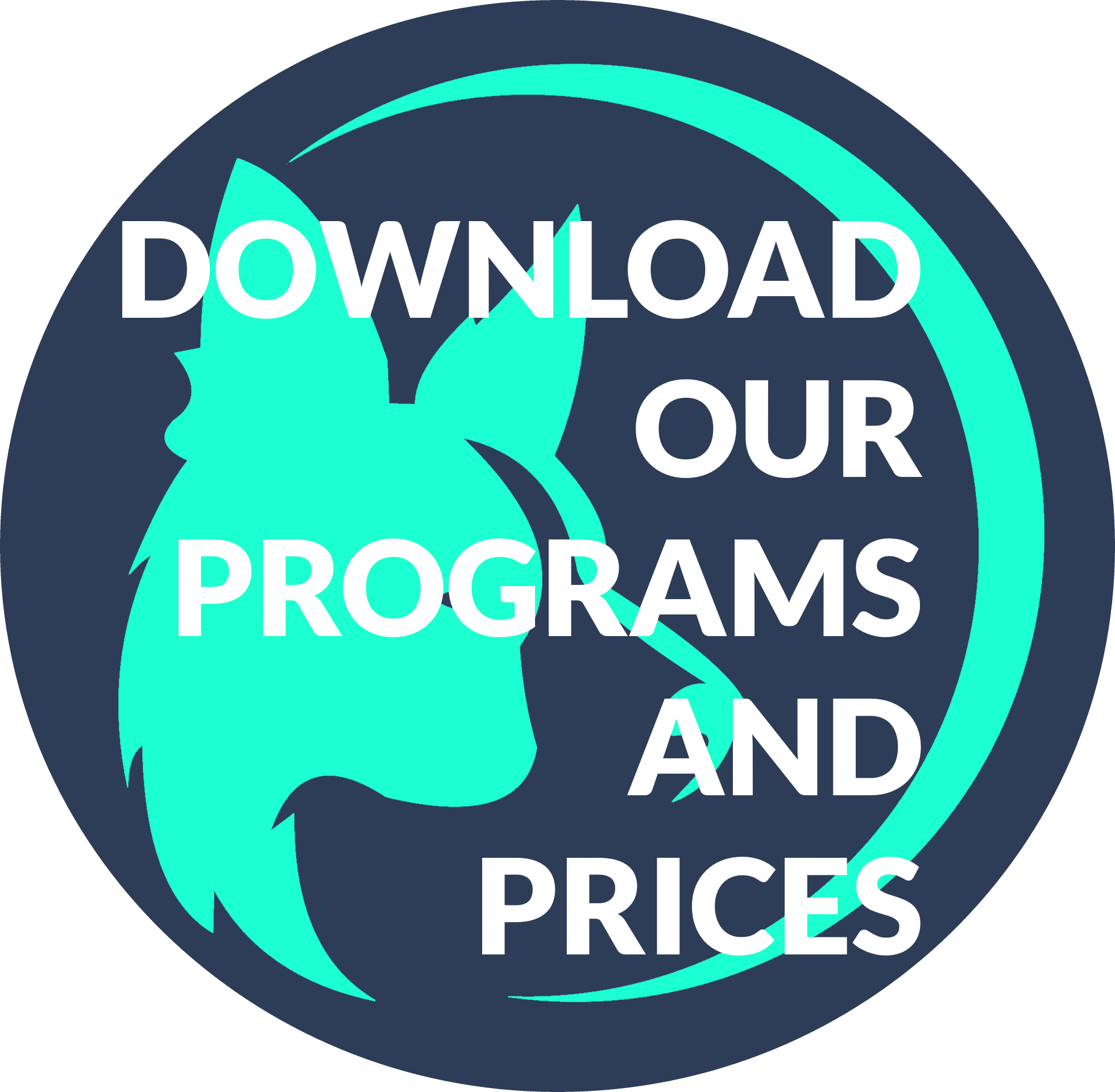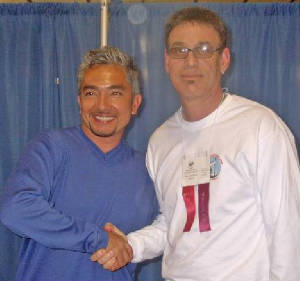Dogs are pack animals. In the wild, they have a pack hierarchy with an alpha dog. This dog leads the pack and is responsible for ensuring the safety and discipline of the others. From only a few weeks old, wild wolves and dogs begin to understand who the leaders of their pack are from a young age.
The pet dog in your home will obviously have a different lifestyle from a dog in the wild, but the importance of the pack remains. By establishing yourself as a leader for your dog, you can help make the training process easier and build a stronger connection between you and your dog.
How to Establish Yourself as a Leader with Your Dog
It is important to understand what leadership is not when it comes to dogs. Sometimes, owners interpret establishing themselves as the alpha to mean putting their dog in his place with stare downs and heavy handed techniques. This is not effective and while it may get your dog to obey you, often does not establish the mutually fulfilling relationship that many dog owners want.
Instead, establishing yourself as the leader entails making sure your dog knows that you are the protector and provider. Your dog trusts you to keep him safe and meet his needs while also establishing reasonable boundaries that he must meet. The different ways you can establish yourself as the leader in your home “pack” include:
- Be Confident - A leader is confident, or at least appears so. This requires knowing what you expect from your dog and having at least some idea of how to ask for it. Researching training methods or taking dog training classes can help give you the confidence you need.
- Remain Calm - Good leaders do not get emotional. They calmly ask for what they want and offer a gentle corrections if necessary, never getting upset during the process.
- Be Consistent - When you are consistent with the behavior you want from your dog, you are giving your dog clear instructions that are easy to follow and preventing frustrating confusion.
- Give Your Dog Work - By giving your dog a task to do, he gets to be a provider in your relationship. The job can be as simple as following different commands in training or returning a ball in a game of fetch.
- Listen to Your Dog - The relationship with your dog goes both ways and a good leader will understand what your dog needs as well as what you want. You should take time to do things your dog wants to do, like play or cuddle, after your dog has earned the privilege.
When your dog can trust that you are a confident and reliable leader, your dog will also feel more confident and calm himself. He will be more willing to work with you and follow the commands you give. Your dog will also be more relaxed and less likely to be anxious, territorial, and demanding for an all around happier household.





